Contents
About Nishibetsuin
Nishibetsuin is a temple located near HigashiBetsuin Station in Nagoya. Higashi Betsuin is also the name of a temple. So, what’s the difference between Nishi Betsuin and Higashi Betsuin? Some people might wonder about that. In short, the difference lies in their sects (Jodo Shinshu), but to understand this, we have to go back more than 400 years in history. About 400 years ago, the Jodo Shinshu sect of Buddhism held significant power. At that time, Oda Nobunaga, who was the most powerful war lord and on the verge of unifying Japan, had a fierce conflict with the Jodo Shinshu sect. The headquarters of the Jodo Shinshu sect was called Ishiyama Honganji, located where Osaka Castle stands today. Oda Nobunaga and the Jodo Shinshu sect waged war at Ishiyama Honganji for over ten years. The war ended in a truce, and the faction within the Jodo Shinshu sect that promoted the truce became the Jodo Shinshu Honganji-ha. The Jodo Shinshu Honganji-ha, receiving support from Oda Nobunaga and later Toyotomi Hideyoshi, who unified Japan, built Nishi Honganji in Kyoto. By the way, “Nishi” means “West” in English. Anyone who has been to Nishi Honganji would know that it is a massive temple located about a 10-minute walk west of Kyoto Station. The faction within the Jodo Shinshu sect that advocated for continuing the conflict with Oda Nobunaga became the Jodo Shinshu Otani-ha. Later, receiving support from Tokugawa Ieyasu, a war lord who would come into conflict with the Toyotomi clan, they built Higashi Honganji in Kyoto. Of course “Higashi” is east in English. Jodo Shinshu was the largest Buddhist sect in Japan, and at that time, there were already many temples across the country. Each temple had to affiliate with Nishi(west) or Higashi(east), leading to a division of sects nationwide. Therefore, Nishibetsuin bacame Nishi (west) and Higashibetsuin became Higashi(east) in Nagoya. Today, these two sects are not in conflict but maintain a cooperative relationship.
Nishibetsuin is rather small in Nagoya
Nagoya, being under the control of Tokugawa Ieyasu, has a very large Higashi Betsuin due to their cooperative relationship. On the other hand, Nishi Betsuin is a small temple. I find it interesting that the area’s past history is reflected in this way. The center of Nagoya City was bombed by American forces during World War II, so there are not many historical buildings left. One structure that survived the war within the grounds of Nishi Betsuin is the bell tower.
Bell tower
Unlike Kyoto, Nagoya has fewer historical buildings, but there are many temples between Higashi Betsuin and Nishi Betsuin, which can be enjoyed along with their historical background. It makes for a perfect walking path, so I recommend it.
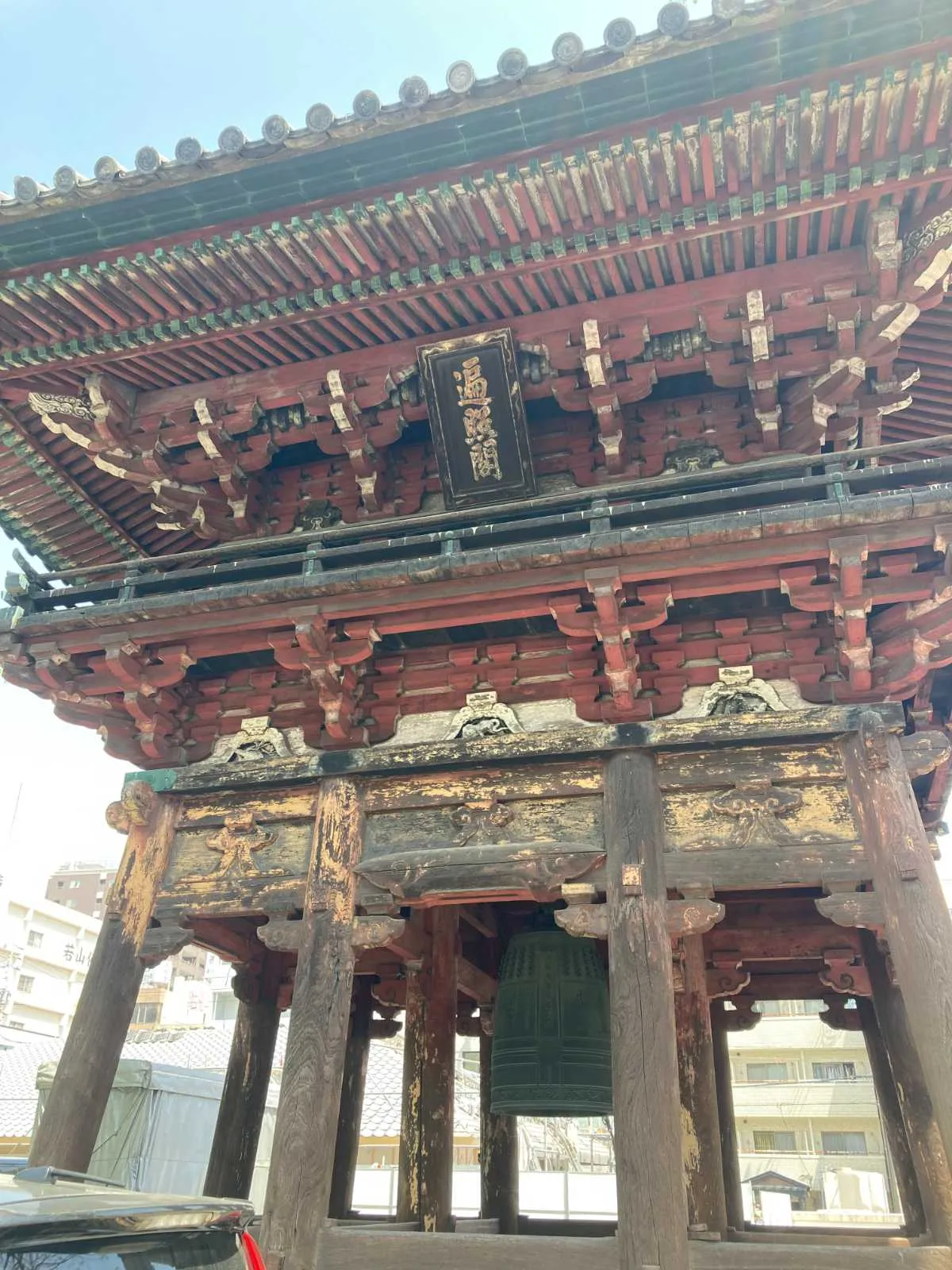






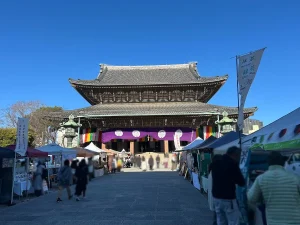

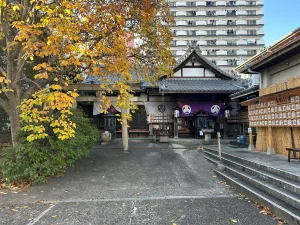

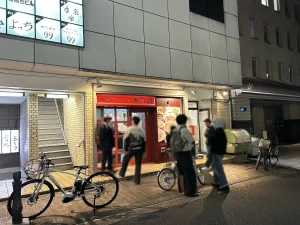

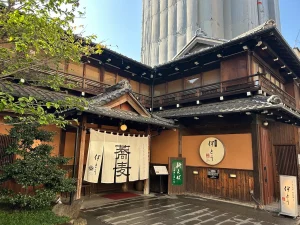

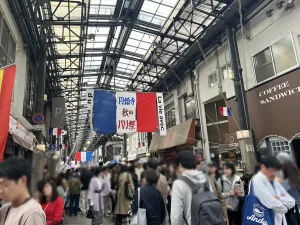

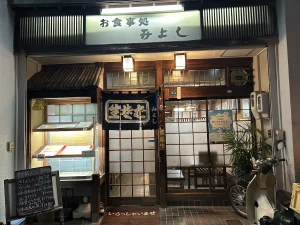

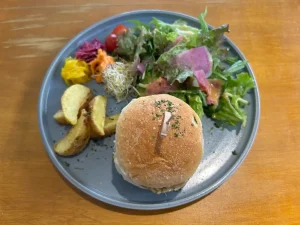

LEAVE A REPLY